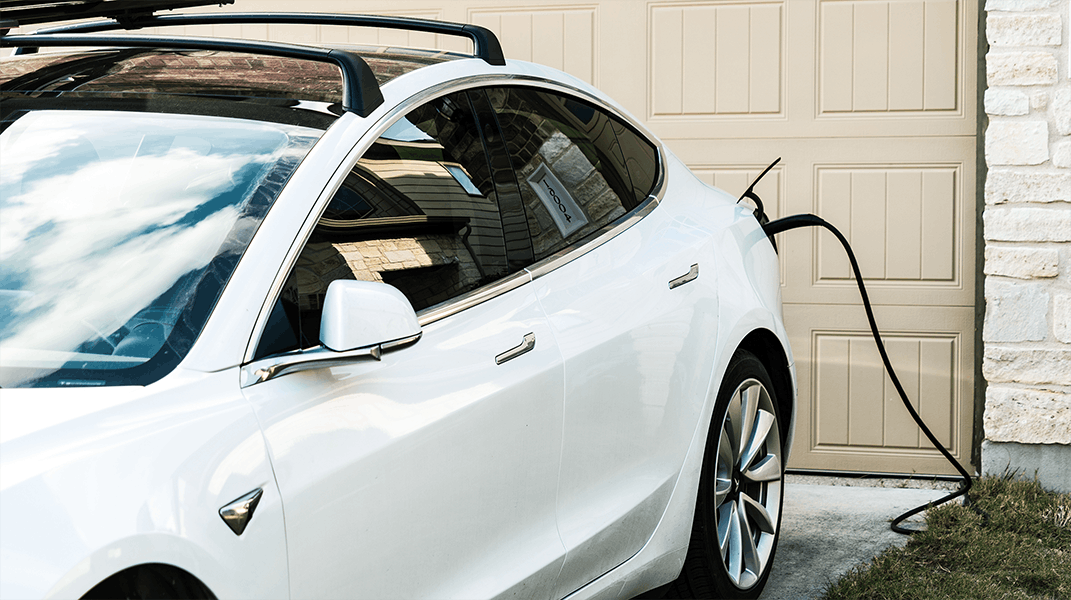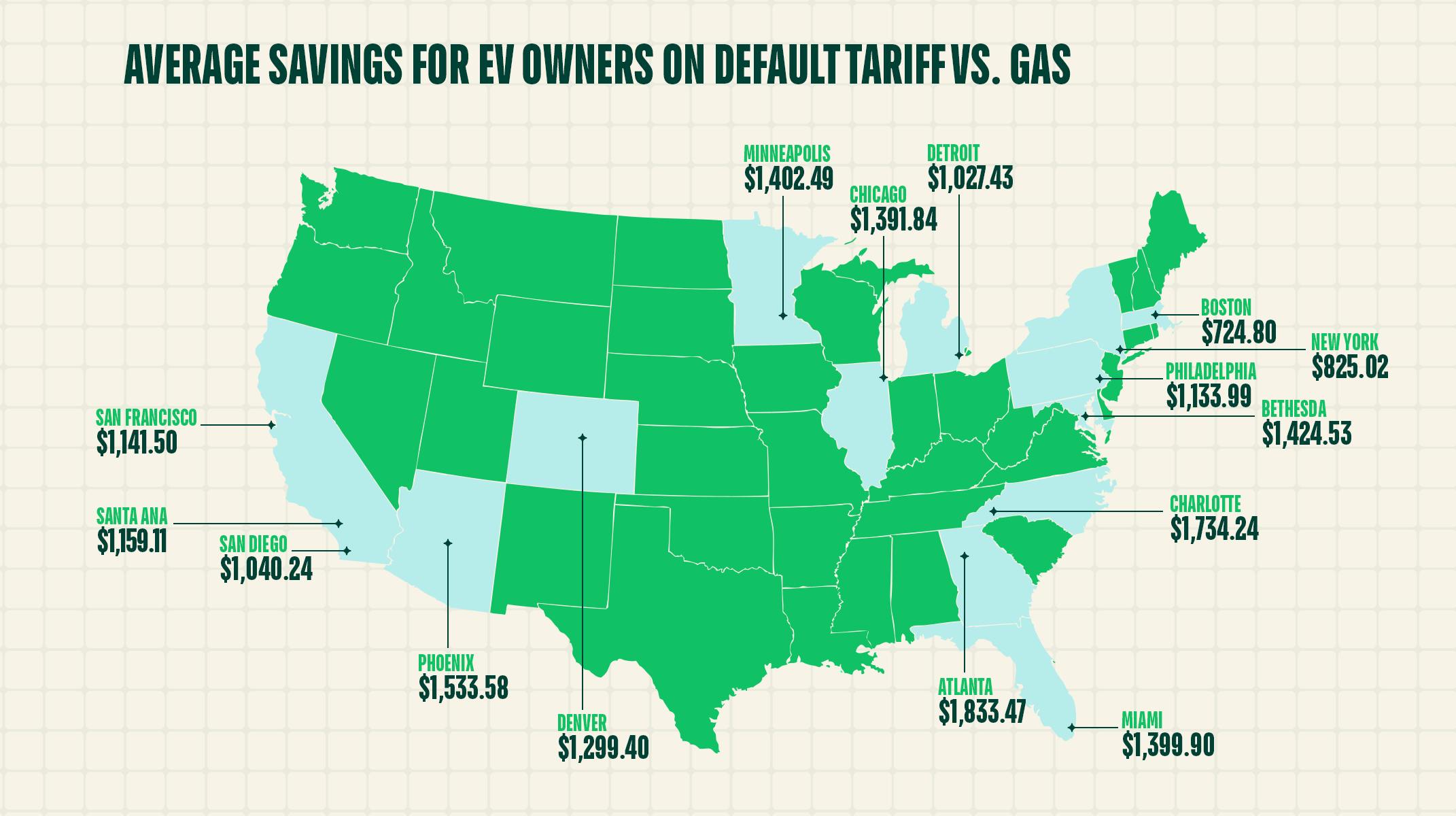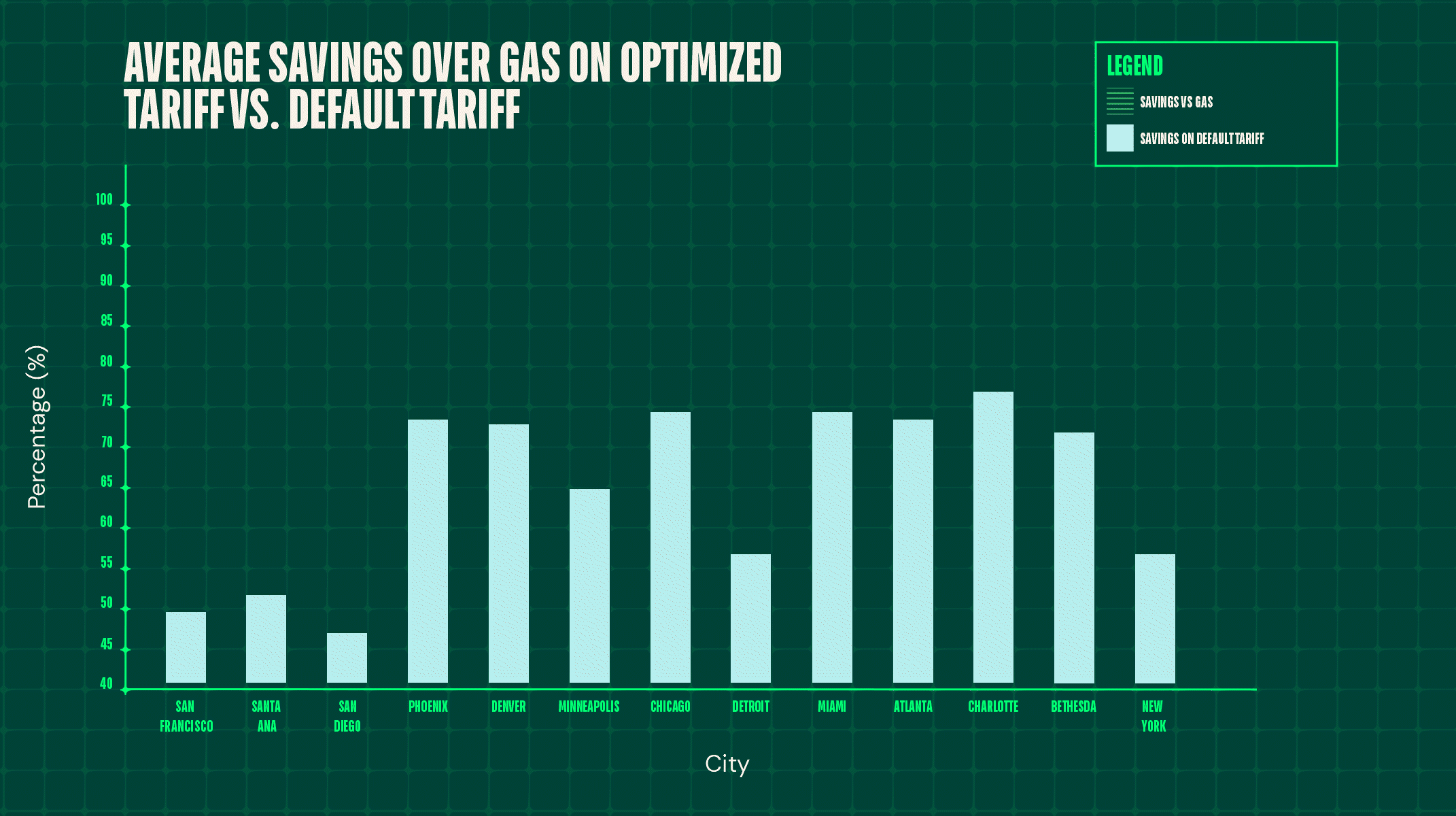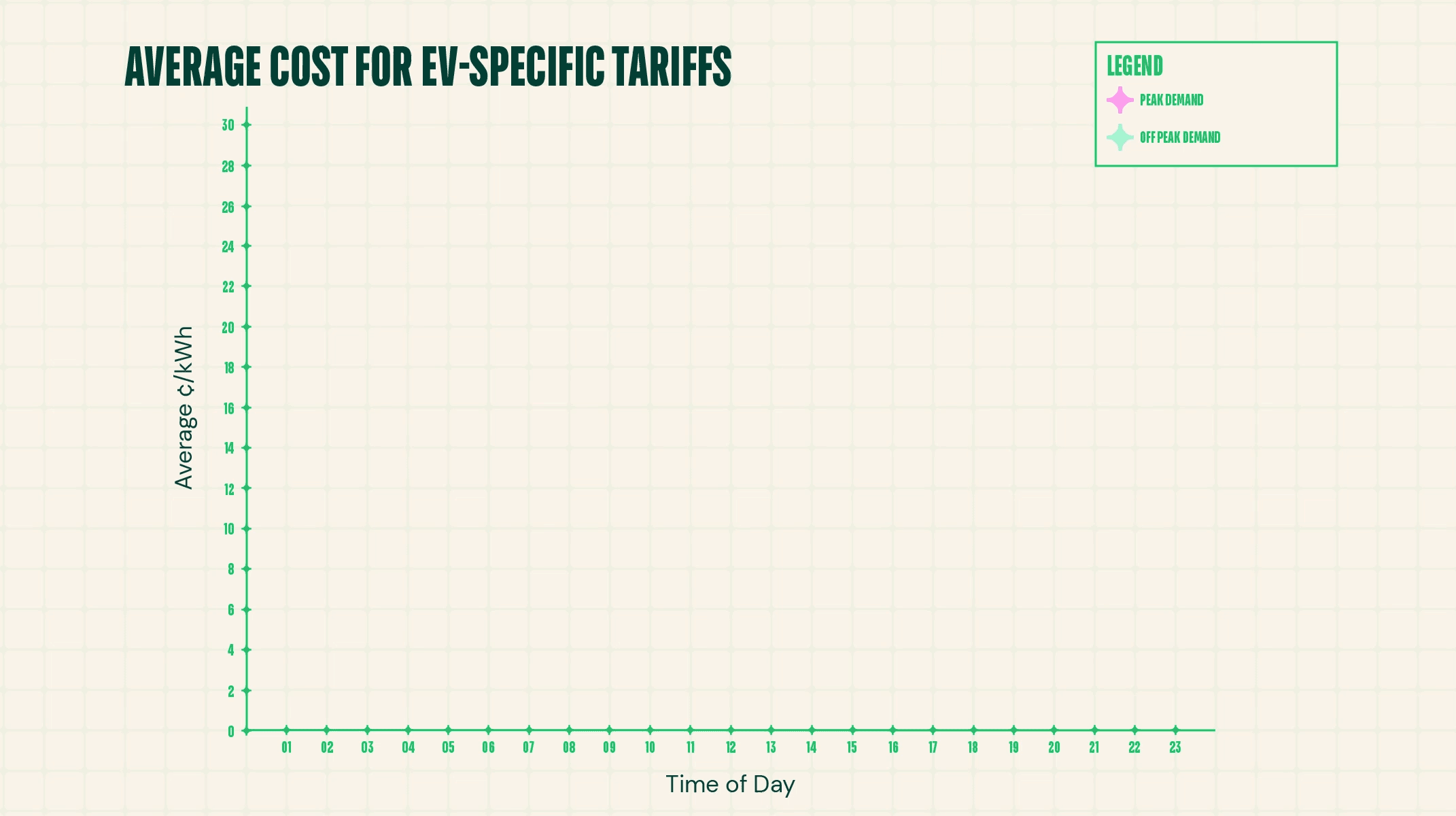Electric vehicle adoption is on the rise, but so are charging costs. What does that mean for EV owners?

Rising costs are hitting consumers everywhere — at the grocery store, at the gas pump, and on their electric bills. And electricity costs will only keep rising. A number of utilities have filed to increase rates beginning at the end of 2021 or in January 2022, some significantly.
Electricity costs — and cost increases — vary widely across the country. Residents in San Diego, California, for instance, saw their average electricity costs rise 19% in 2021, while residents in Bethesda, Maryland saw average costs decline by 4%.
Such drastic cost variation by metro area is just one piece of our increasingly complex national energy picture. Time-of-use (TOU) tariffs — meant to incentivize customers to shift their energy use to times of off-peak demand — have proliferated recently. The number of these tariffs available to electricity customers has increased by 24% in the last five years. As if navigating more and more complex rate options wasn’t enough, customers also find themselves facing higher gas prices.
What does increasing energy complexity mean for EV owners?
The complex energy picture poses particular challenges to customers considering buying an electric vehicle (EV). With electricity costs on the rise, is it worth adding to your home electricity usage with an EV charger? Do the savings at the gas pump outweigh the increased electricity use to charge an EV?
Those are exactly the questions we wanted to figure out.
With Arcadia’s acquisition of Genability earlier this year, we now have access to the world’s most comprehensive utility price database, which allows us to dive deep into the energy experience of EV owners. To evaluate how much EV owners can save by charging their cars at home rather than filling them up at the gas pump, we used Genability’s tariff database and electricity cost APIs to calculate how much it would cost to charge an EV in 15 major metropolitan areas across the country. We calculated the cost to charge in two scenarios*:
- The customer is on the default tariff, meaning that they are on their utility company’s default rate plan for electricity.
- The customer is on an optimized tariff, meaning that they are on their utility’s best rate plan for EV owners and charge their vehicle at the lowest-cost time.
Then we compared both scenarios to the average local cost of gas using GasBuddy prices for each metro area. We used the average annual mileage for each state (between 10,000 and 18,000 miles per year) and assumed 25 mile-per-gallon fuel efficiency.
So, what did we learn?
Even with rising electricity costs, EV owners save money across all markets
Across all 15 markets, EV owners would pay an average of $751 a year to charge their vehicle on the default tariff, versus $2,022 in average annual gas costs. That’s an average savings of 63% on overall fuel costs.
Like with electricity costs, the savings vary across metro areas. San Diego has the highest EV charging costs at $1,239 for the year, but it also has high gas costs. EV owners can save 46%, or more than $1,000 annually, on the default tariff. Charlotte, North Carolina has the highest potential savings at 76% less than fuel costs. Even in Boston, the metro area with the lowest percentage savings at 40%, savings from EV charging amount to more than $700.

By optimizing electricity tariffs and charging times, EV owners can save up to 90% versus gas costs
Our data revealed that EV owners in all the markets analyzed can save significantly more by switching to an optimal tariff and charging their vehicle at the optimal time. An EV adds a significant electrical load to a home. But in good news for EV owners, an increasing number of EV-specific electricity tariffs are available to help them better manage the costs of that additional load. The number of EV-specific tariffs available to customers has increased 12% in the last year and 71% in the last five years.
Those tariffs can help EV owners save an average of 78% from gas costs — 38% more than their savings on the default tariff discussed above.

In all the markets we analyzed, EV owners can save at least 64% from gas costs on the optimal tariff. The 64% savings are in Santa Ana, California, where EV owners would pay an average of $820 to charge their EV for a year, compared to $2,256 in gas costs. On the high end of the spectrum, EV owners in Atlanta could see 91% savings on the optimal tariff.
Smart charging is key to maximizing savings with EVs
Our analysis assumed that EV owners utilized smart charging, or charging their vehicles at the lowest-cost times. On EV-specific tariffs, customers can pay significantly less per kilowatt-hour of electricity if they charge at times of off-peak demand, such as overnight.

Unfortunately, taking advantage of the savings from optimal tariffs and smart charging can be extremely difficult and time-consuming for EV owners. To determine what tariff they’re on, customers have to search through their utility account or call customer service. Then there’s the matter of figuring out which tariff is cheapest, which is increasingly difficult as the number of options available increases, and making the switch, which requires another call to the utility. Finally, if a customer makes it that far, they have to find and then tediously program peak and off-peak windows into their vehicle so that they can leverage smart charging.
All that research and tedium mean that many EV owners are leaving significant cost savings on the table.
Solutions to help energy innovators optimize charging for their customers
It shouldn’t be up to EV owners to do all the legwork to make sure they’re maximizing their savings. Instead, energy innovators should be able to automate those cost-savings for them. Our Arc platform enables just that. By combining Arcadia’s utility data collection capabilities with Genability’s comprehensive electricity pricing database, Arc helps companies simplify the incredibly complex energy space for their customers.
Relying on data capabilities from Genability, we can provide the personal insights that allow energy innovators to help customers manage the transition to EV ownership and all the complexity involved. From identifying the optimal tariff for customers to automatically optimizing their charging time, energy innovators can help customers save money and build trust. And Genability’s targeted data makes it possible to replace generic, one-size-fits-all estimates with specific data around what drives costs in a customer’s specific location. As our data shows, that local nuance is key to helping EV owners navigate the increasingly complex energy picture.
*Both scenarios assume that the EV requires 0.346 kilowatt-hours of electricity per mile driven, the average of 231 different EVs.
